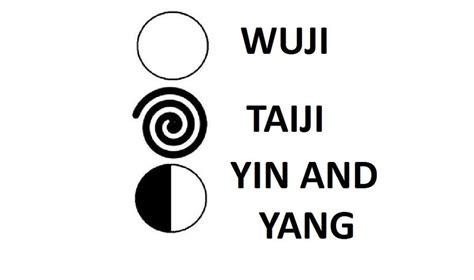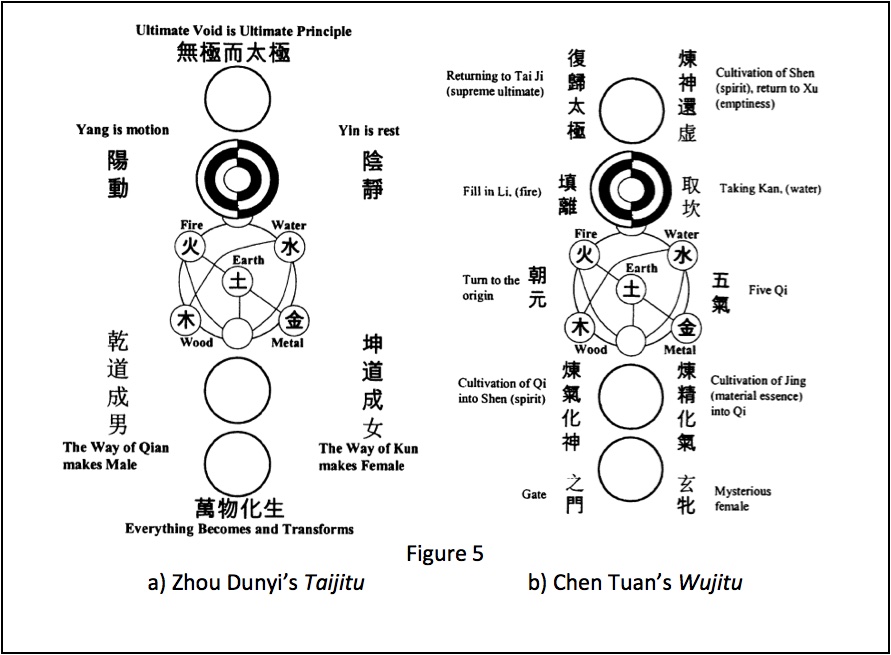
Wuji and Taiji: What's The Difference?
Wuji can be contrasted with and is often confused with Taiji. While Wuji points to Tao-in-stillness (which is essentially nondual), Taiji refers to Tao-in-motion. Taiji represents the spark of movement--the emergence, oscillation or vibratory modulation which allows the defined “something” of manifestation to be born of the infinite “no-thing” of Wuji.
Wuji exists prior to all sets of opposites (in other words, before all yin-yang polarizations), including the opposition between movement an quiescence. As Isabelle Robinet points out in the following passage from The Encyclopedia Of Taoism:
“The taiji is the One that contains Yin and Yang, or the Three ... This Three is, in Taoist terms, the One (Yang) plus the Two (Yin), or the Three that gives life to all beings (Daode jing 42), the One that virtually contains the multiplicity. Thus, the wuji is a limitless void, whereas the taiji is a limit in the sense that it is the beginning and the end of the world, a turning point. The wuji is the mechanism of both movement and quiescence; it is situated before the differentiation between movement and quiescence, metaphorically located in the space-time between the kun ?, or pure Yin, and fu ?, the return of the Yang. In other terms, while the Taoists state that taiji is metaphysically preceded by wuji, which is the Dao, the Neo-Confucians says that the taiji is the Dao.”

See Also
List of Synonyms for 369
List of Synonyms for Scalar
stillness
Table of 369 - Synonyms
Transforming Scalar to Kinetic
